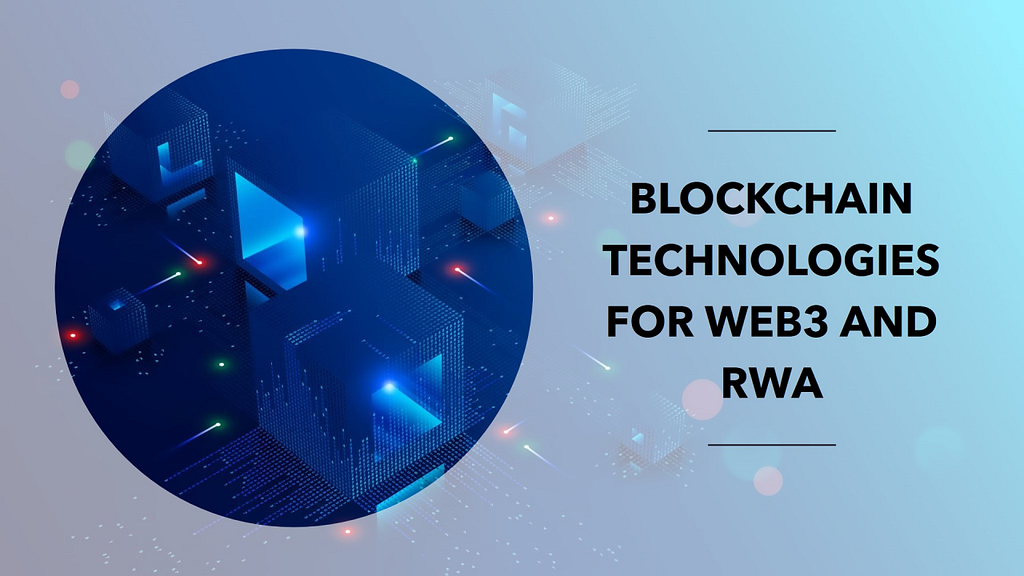 Tokenize assets and integrate Real World Assets (RWA)
Tokenize assets and integrate Real World Assets (RWA)Blockchain’s ability to tokenize assets and integrate Real World Assets (RWA) is transforming how we think about value, ownership, and digital finance.
Tokenization brings tangible and intangible assets, from real estate to financial instruments, into blockchain ecosystems, unlocking liquidity and accessibility. However, the path to broad acceptance relies on regulatory frameworks and real-world applications that meet the needs of both private users and institutional investors.
In this series, we highlight 15 blockchain innovations that are earning credibility and regulatory recognition worldwide, from utility tokens to wrapped tokens. Here are the top five technologies that are at the forefront of blockchain’s convergence with traditional finance.
5. Security Tokens (STOs)
Security tokens represent ownership in real-world assets or company shares and are often regulated as securities. They provide a compliant way to tokenize assets, opening blockchain technology to traditional finance structures and enabling broader investment access.
- Jurisdictions: U.S., U.K., Switzerland, Singapore
- Status: Regulated as securities, similar to stocks and bonds
- Analog: Comparable to traditional stocks or bonds in regulated markets
- Ratings:TVL: ⭐⭐⭐▪️▪️
- Ease of Use: ⭐⭐⭐▪️▪️
- Adoption: ⭐⭐▪️▪️▪️
4. Stablecoins (e.g., USDT, USDC)
Stablecoins are digital currencies pegged to a stable asset like the U.S. dollar. They offer the stability of fiat currency with the liquidity benefits of crypto. Stablecoins are recognized as digital cash equivalents in many jurisdictions and face increasing regulatory scrutiny to ensure compliance and user protection.
- Jurisdictions: U.S., EU, Japan, Singapore
- Status: Treated as electronic money or digital assets under financial regulations
- Analog: Equivalent to traditional currencies or e-money
- Ratings:TVL: ⭐⭐⭐⭐⭐
- Ease of Use: ⭐⭐⭐⭐⭐
- Adoption: ⭐⭐⭐⭐⭐
3. ERC-1155 (Multi-Token Standard)
ERC-1155 allows for both fungible and non-fungible tokens within the same contract, optimizing efficiency for complex assets. It is widely used in gaming and digital collectibles, with regulatory interest in cases where tokens hold value beyond mere utility.
- Jurisdictions: U.S., EU (emerging)
- Status: Often categorized as digital assets or collectibles, with varying compliance requirements
- Analog: Similar to digital in-game items or collectibles
- Ratings:TVL: ⭐⭐⭐▪️▪️
- Ease of Use: ⭐⭐⭐⭐▪️
- Adoption: ⭐⭐⭐▪️▪️
2. ERC-721 (NFTs)
The ERC-721 standard for non-fungible tokens enables unique digital assets, transforming industries from art to real estate. NFTs are increasingly recognized as digital assets or collectibles, with ownership rights protected under property laws in several jurisdictions.
- Jurisdictions: U.S., China, EU, Singapore
- Status: Regarded as digital assets, often regulated under IP or property laws
- Analog: Comparable to owning art or collectible items
- Ratings:TVL: ⭐⭐⭐⭐▪️
- Ease of Use: ⭐⭐⭐▪️▪️
- Adoption: ⭐⭐⭐⭐▪️
1. ERC-20 (Tokens)
ERC-20 is the foundational standard for fungible tokens on Ethereum, providing a framework for a vast range of assets, from DeFi to stablecoins. The standard has widespread legal recognition, often classified as securities when used in ICOs or for fundraising.
- Jurisdictions: U.S., EU, Japan, Singapore
- Status: Frequently treated as securities or digital assets, depending on usage
- Analog: Comparable to stocks, bonds, or other financial assets
- Ratings:TVL: ⭐⭐⭐⭐⭐
- Ease of Use: ⭐⭐⭐⭐▪️
- Adoption: ⭐⭐⭐⭐⭐
These top five technologies represent the most mature and widely adopted blockchain solutions, each bridging traditional and digital economies. Follow and connect for further insights into Web3 innovations, tokenization, and RWA solutions that could redefine asset ownership and investment opportunities.
Part 3/3: 15 Key Blockchain Technologies Shaping the Future of Web3 and RWA was originally published in The Capital on Medium, where people are continuing the conversation by highlighting and responding to this story.

 2 months ago
36
2 months ago
36

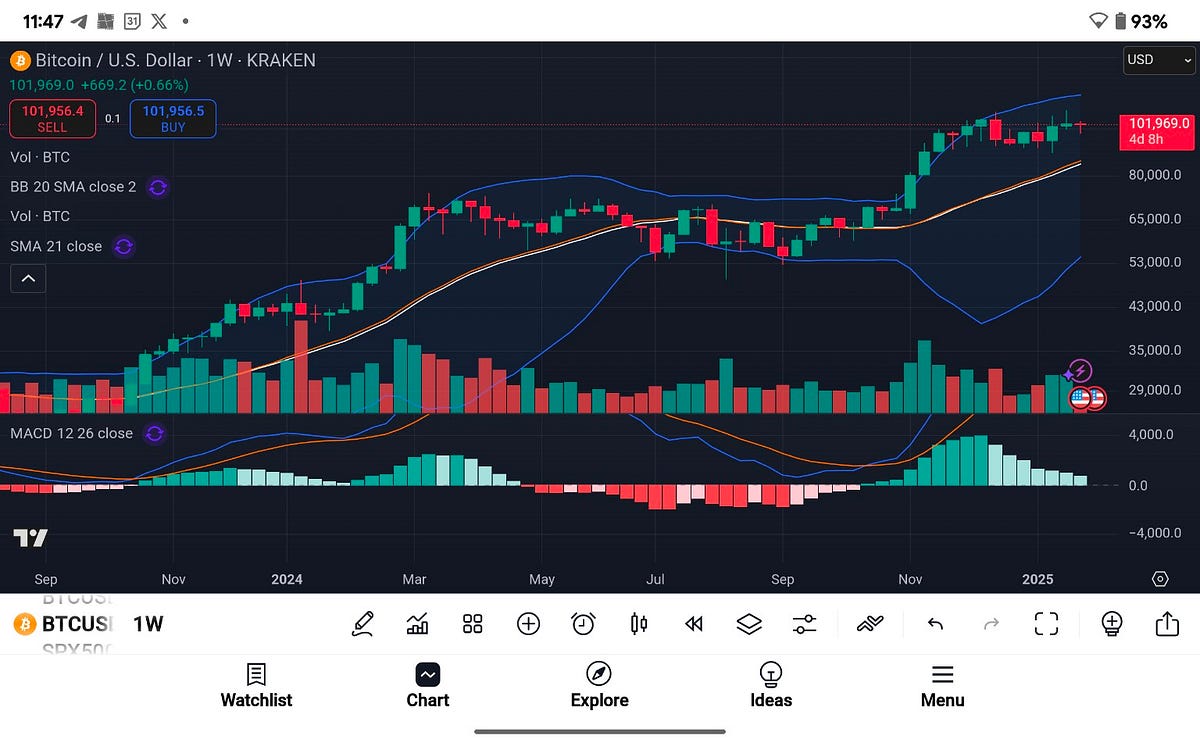
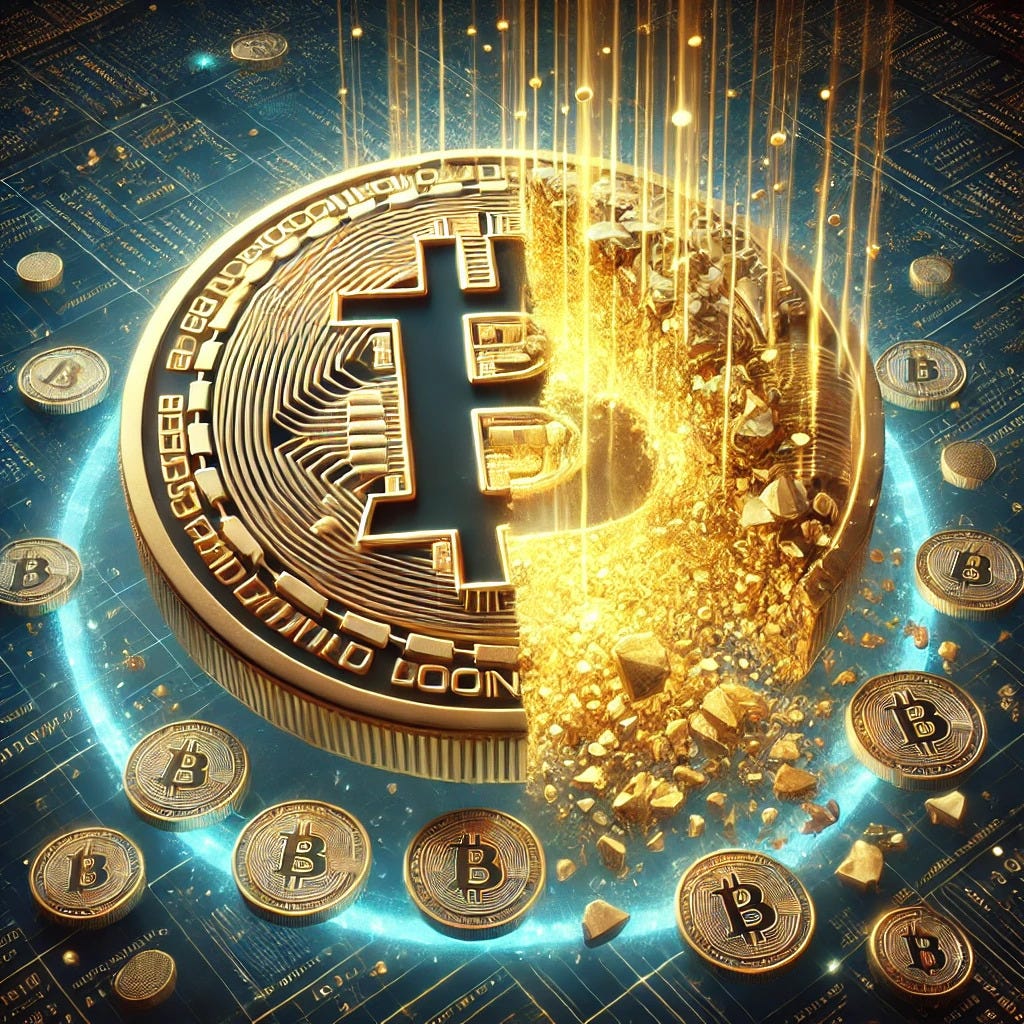

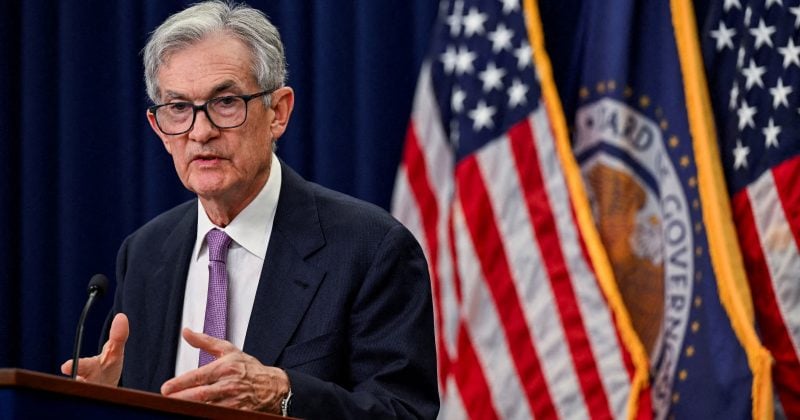

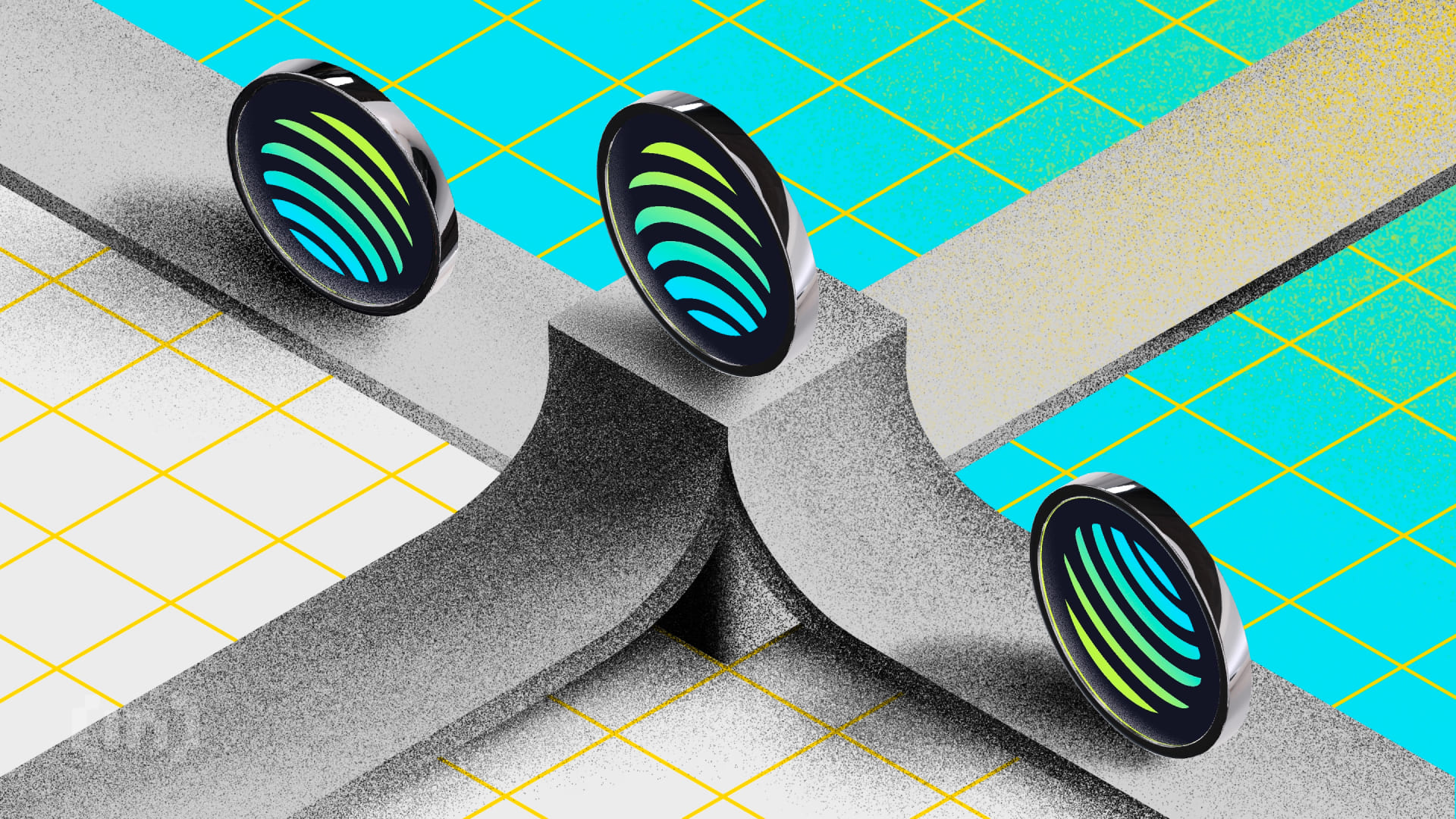


 English (US) ·
English (US) ·